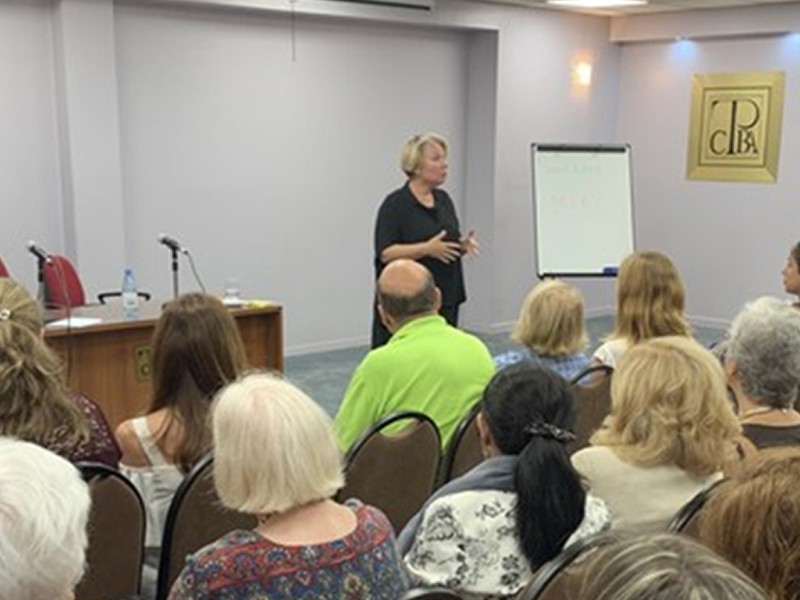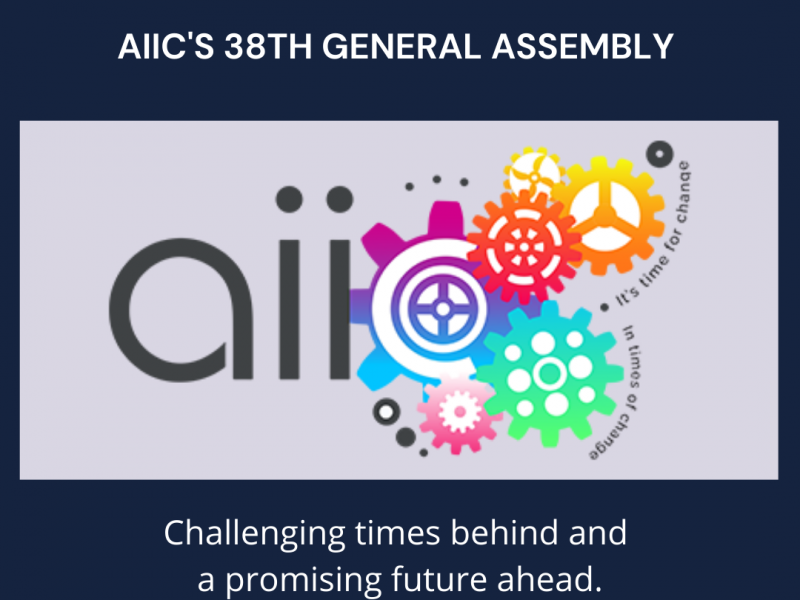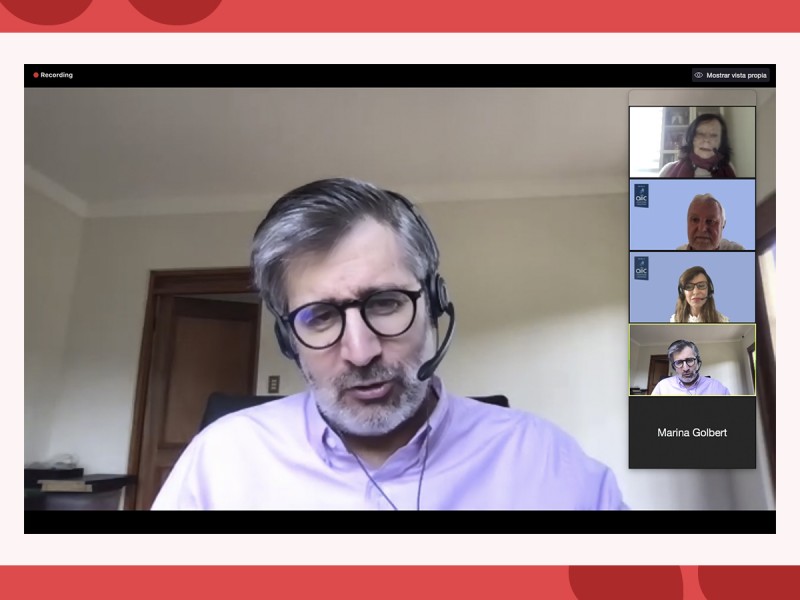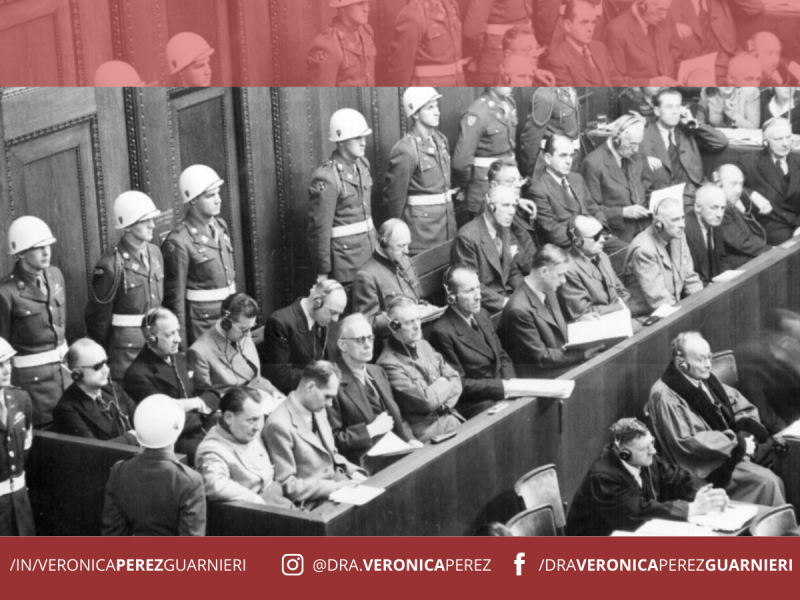Interpretar es una tarea compleja que requiere de muchas competencias. Es importante conocer los idiomas y las culturas que se conectan, pero también es fundamental saber reflejar en la voz lo dicho a través de las palabras.
Para adquirir o mejorar estas competencias, en el Colegio de Traductores Públicos de la Ciudad de Buenos Aires tuvimos el honor de contar con la presencia de la Intérprete Patricia Arizu, quien desarrolló el siguiente temario en una jornada muy interactiva:
- La interpretación desde sus orígenes frente a los retos del siglo XXI
- El intérprete como orador
- Traducción simultánea y consecutiva
- La conexión entre interpretación y teatro:
- La acción física (Stanislavski)
- El mundo externo (Mamet)
- Los círculos de la atención (Rodenburg)
- Ejercicios físicos de precalentamiento para el trabajo de interpretación
- Cómo encontramos nuestra voz
- Técnicas físicas y mentales para sobrellevar los retos del orador público
Durante casi dos horas, Patsy nos guió por un camino de ejemplos, ejercicios y conexiones con la labor actoral.
He aquí algunas de las conclusiones extraídas de su magistral presentación:
- De los recursos que utiliza el intérprete, la voz el único que nos permitirá siempre diferenciarnos de las máquinas y motores de traducción oral.
- La voz requiere tanta preparación y entrenamiento como las destrezas inherentes a la interpretación.
- Nuestra voz es lo único que le permite a los participantes entender lo que se está diciendo.
- La entonación y el énfasis permiten transmitir no solo palabras y contenido sino las emociones y el metalenguaje.
- Cuando se formula un enunciado claro, un pensamiento se libera.
La sesión terminó con varios ejercicios corporales y de producción vocal que deben realizarse toda vez que uno ingresa a una cabina. En resumen, fue delicioso escuchar la VOZ de Patsy durante dos horas.
Patricia Arizu (A-EN, ES, C-FR) fue Directora del Servicio de Interpretación del Departamento de Estado de los Estados Unidos hasta el año 2014. En ese cargo, debió supervisar a los intérpretes de planta y evaluar a los supernumerarios contratados para trabajar en la Casa Blanca y en otros organismos dependientes del Poder Ejecutivo en más de ochenta idiomas. Fue uno de los primeros miembros de HINTS (Heads of Interpreting Services). Lleva más de cuarenta años de trayectoria como intérprete. Fue miembro fundadora del Asociación de Intérpretes de Conferencias de la Argentina (ADICA).
Como actriz, se dedica ahora al teatro en Nueva York y Londres. Trabaja, además, como consultora en temas relativos a la interpretación, al uso de la voz y a las técnicas de presentación.



